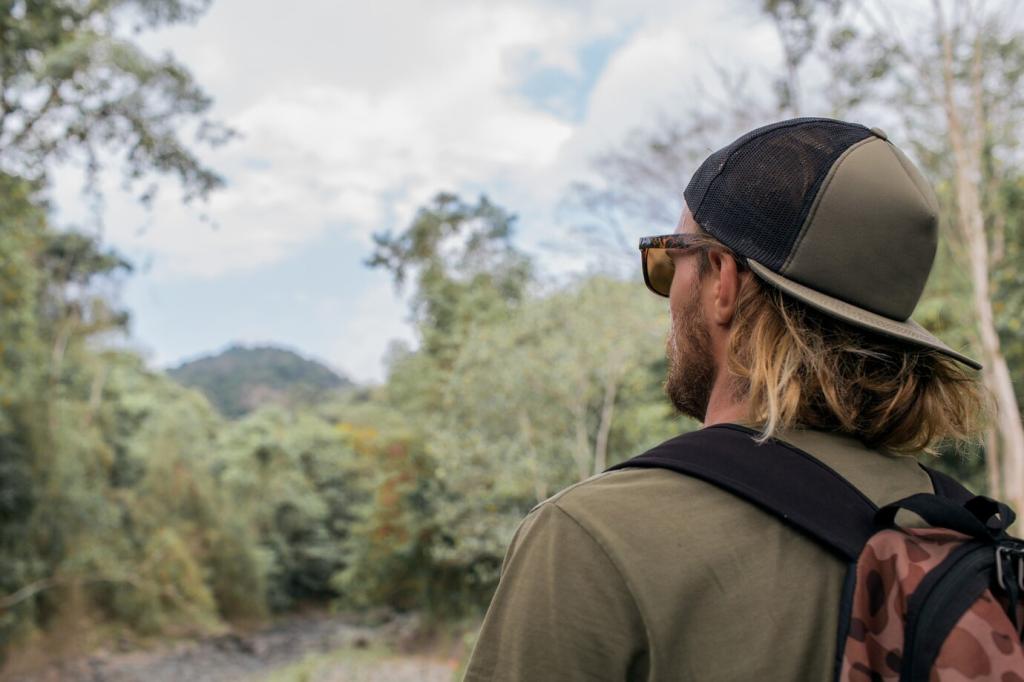Photographing Wildlife Safely on Nature Walks
Exploring the outdoors and capturing images of wildlife can be a profoundly rewarding experience, but it comes with important precautions to ensure both safety and respect for nature. By understanding how to safely photograph animals in their natural habitats, photographers can create lasting images while minimizing their impact on the environment and protecting themselves from potential hazards. This guide will walk you through crucial aspects of wildlife photography during nature walks, focusing on preparation, respectful behavior, and the art of capturing unforgettable moments.
Preparing for a Safe Wildlife Photography Walk
01
Understanding which species inhabit the area is fundamental to both safety and successful wildlife photography. Some animals are more elusive or sensitive to human presence, while others might react defensively if approached too closely. Spend time learning about the typical behaviors, habitats, and activity periods of local wildlife before heading out. This knowledge not only informs the best times and locations to photograph certain animals, but also helps prevent accidental encounters that could result in distress for the animals or danger for yourself. Respecting the rhythms of nature starts with education and anticipation.
02
The gear you choose has a significant impact on your comfort, mobility, and safety during a nature walk. Wear sturdy footwear, preferably waterproof if you expect damp conditions, and dress in layers to accommodate changing weather. Neutral-colored clothing can help you blend in with the environment, making it less likely to startle wildlife. Bring basic safety equipment such as a first aid kit, navigation tools, and sufficient water and snacks. Packing the appropriate camera gear—lenses with enough reach to capture wildlife from a safe distance—means you can photograph animals without encroaching on their territory.
03
Most natural areas and reserves have specific regulations in place to protect wildlife and ensure visitor safety. Carefully review posted guidelines before your visit, paying attention to rules about where you may walk, how close you can approach certain animals, and any restrictions on the use of flashes or drones. Some parks may have seasonal closures or sensitive nesting sites that require particular caution. By adhering to these guidelines, you not only help preserve the ecosystem, but demonstrate a commitment to ethical wildlife photography.
Practicing Patience and Ethical Techniques
Approaching Wildlife with Care and Caution
Getting close to animals requires a thoughtful and respectful approach. Move slowly and quietly, paying attention to the animal’s behavior for signs of stress or discomfort. Never attempt to chase or corner wildlife to achieve a better vantage point. Use available cover such as trees or bushes to remain inconspicuous and always maintain a safe and non-invasive distance. The well-being of the animal should always take precedence over your photographic ambitions, and sometimes the best choice is to admire from afar without snapping a photo.
Using Camera Equipment Responsibly
The use of camera gear can significantly influence both your experience and the well-being of wildlife. Telephoto lenses allow you to take detailed photographs without getting too close, reducing the likelihood of disturbance. Avoid using flash, which can startle or harm sensitive animals, especially nocturnal species. Handle your equipment quietly and avoid sudden movements that could alert nearby wildlife. Make sure you know your camera’s settings ahead of time, minimizing the need for noisy adjustments while in the field.
Respecting Animal Habitats and Nesting Sites
Habitat preservation is paramount during wildlife photography. Avoid stepping off marked trails or disturbing undergrowth and nesting areas, as these offer crucial shelter and breeding grounds for many species. Refrain from rearranging natural elements for a clearer shot and never attempt to bait or lure animals out of hiding. By leaving habitats undisturbed, you contribute to the ongoing health of the ecosystem and foster opportunities for others to experience wildlife as you have found it.
Staying Safe During Wildlife Encounters
Animals often communicate their discomfort or agitation before taking defensive action. Learn to recognize the warning signs specific to the species you might encounter, such as raised fur, vocalizations, or particular postures. For example, a deer stomping its feet indicates alarm, while a snake coiling up should be treated with caution. Being able to interpret these cues enables you to back away and de-escalate situations before they become dangerous, ensuring the safety of both you and the animals.

